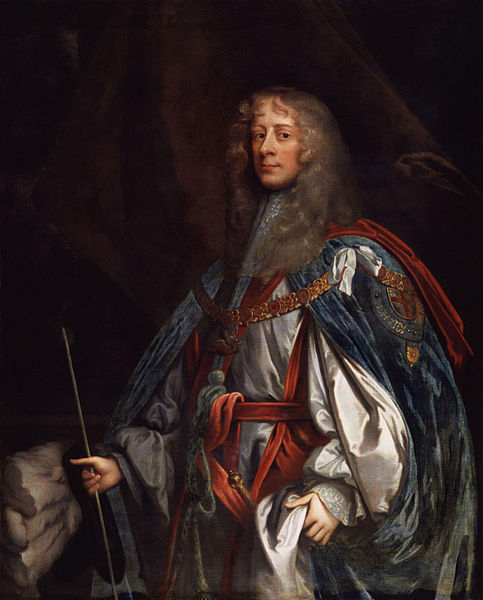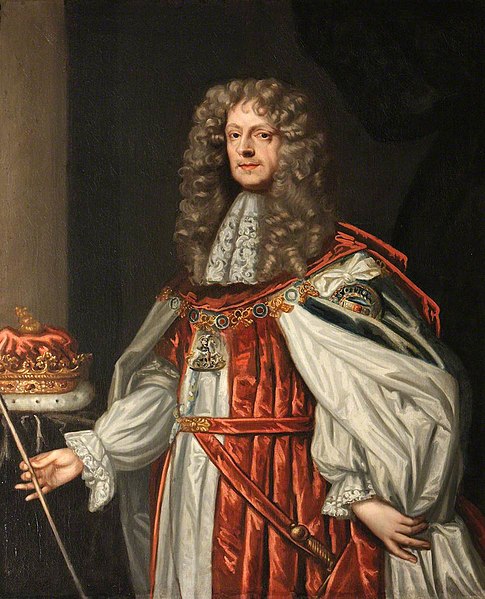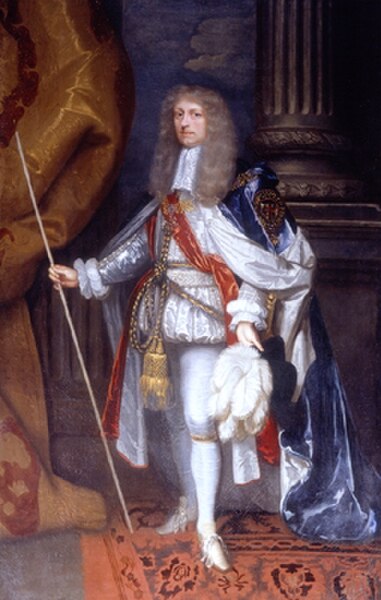The Second Ormonde Peace was a peace treaty and alliance signed on 17 January 1649 between the Marquess of Ormonde, the leader of the Irish Royalists, and the Irish Confederates. It united a coalition of former Protestants and Catholics enemies from Ireland, Scotland and England – the three Kingdoms ruled by Charles I who was then held a prisoner by the Puritan Rump Parliament. His execution on 30 January drew together the signatories in allegiance to his young son Charles II.
The King's Irish commander the Marquess of Ormonde signed the agreement on his behalf and led Allied forces during the 1649 campaign.
Cromwell's campaign in Ireland shattered the coalition that had been formed by Ormonde's treaty.
James Butler, 1st Duke of Ormond
Lieutenant-General James FitzThomas Butler, 1st Duke of Ormond, KG, PC, was an Anglo-Irish statesman and soldier, known as Earl of Ormond from 1634 to 1642 and Marquess of Ormond from 1642 to 1661. Following the failure of the senior line of the Butler family, he was the second representative of the Kilcash branch to inherit the earldom.
Portrait by Peter Lely
Ormond as Knight of the Garter, wearing the collar and the mantle. The hat with its ostrich feathers appears behind his right hand. Painted by Sir Peter Lely (c. 1665).
The Duke of Ormond by William Wissing (c. 1680–1685)
The Duke of Ormond as Knight of the Garter, wearing the mantle, with its cordon and tassels, and the collar. The hat with its white ostrich feathers is in his left hand. Painted by John Michael Wright (c. 1680).





